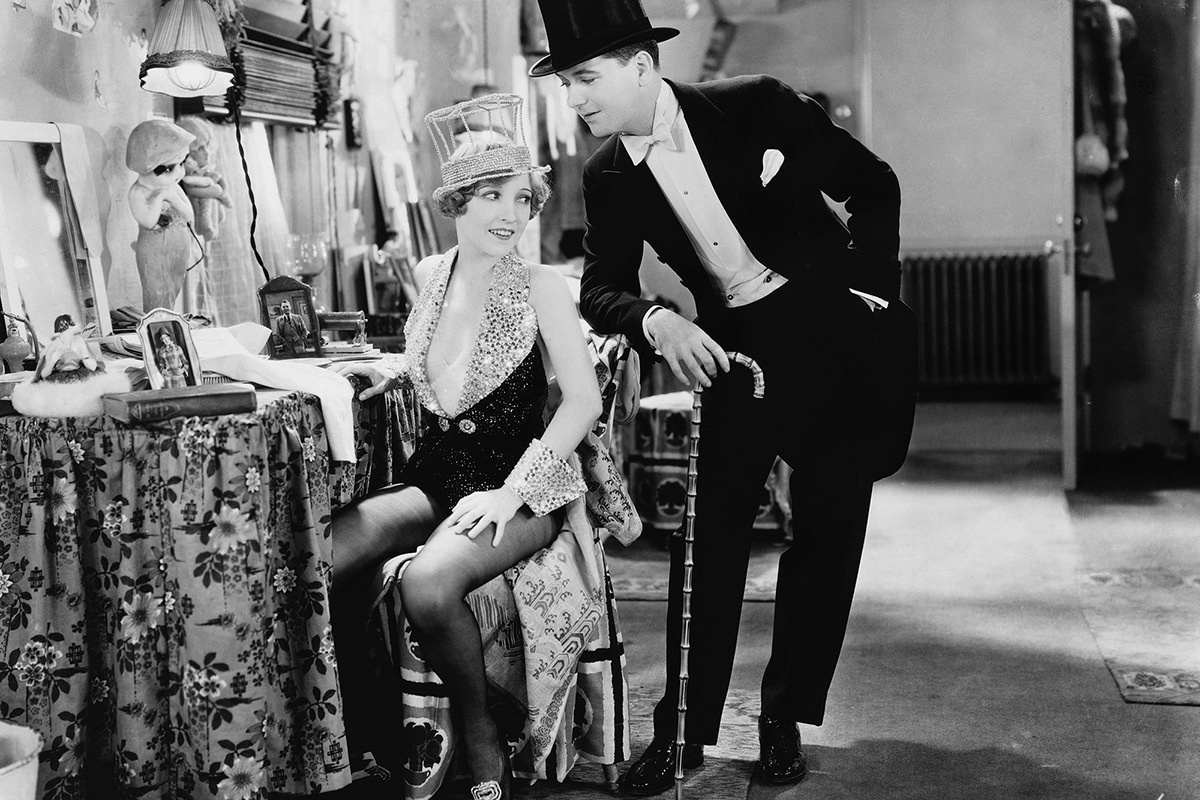Juanita Horton, “the prettiest girl anyone in Midland had ever seen,” according to a 2007 article in the Midland Reporter-Telegram, was born in 1898 when Midland was still a barren cow town. The oil boom that would turn it into a thriving metropolis was still a few years in the future. Horton’s itinerant father moved the family from Texas to Arizona to New Mexico and finally to Los Angeles where, using the name Bessie Love, teenage Juanita would achieve stardom.
In her 1977 autobiography, From Hollywood With Love, Love described the poverty of her early years and the sequence of events that would gain her the attention of powerful Hollywood figures.
During a visit with the Horton family in Los Angeles, Western movie star Tom Mix suggested that Juanita should go into pictures. Her mother took this advice and hatched a plan for her daughter to wait near the entrance of famous silent film director D.W. Griffith’s studio on Sunset Boulevard in hopes she would get noticed. Instead of waiting outside, she knocked on the door, and Griffith invited her in.
Griffith asked Horton many questions. Was her family rich? Did she have stage experience? Had she studied drama? When she answered “No, sir” to each question, he inquired why she wanted to be in pictures. “Mama said I wasn’t trained to do anything,” she replied, “so there was nothing left for me but acting.” Griffith granted her an audition and a screen test, after which she was cast as an extra and paid $2. She would continue to work as an actress for the next 60 years.
A Griffith associate, Frank Woods, gave her the stage name Bessie Love, claiming her real name was too long to go up in lights and no one east of the Rockies would know how to pronounce it.
In 1916, Griffith cast her in her first film, The Flying Torpedo, in which she played a Swedish maid. “In the early days,” Love wrote in her memoir, “movie sets were built next to each other and, since the films were silent, you might be working next to a Civil War scene while you were playing a Carmelite nun at prayers. You just ignored the noise and got on with it.”
Love made 10 films in her first year and played the leading lady opposite William S. Hart in The Aryan and Douglas Fairbanks in The Good Bad Man. A petite 5-footer with a mass of curly fair hair, Love possessed a combination of innocence and charm that drew audiences into theaters. Her star was on the rise.
By the Great Depression, she had acted in nearly 100 films, including such classics as Intolerance and The Lost World. She made the transition to “talkies,” including 1929’s The Broadway Melody, for which she received an Academy Award nomination.
Love married William Ballinger Hawks in 1929 and later toured the United States in a lavishly produced variety act. During the tour, she discovered she was pregnant, but the marriage didn’t last. In 1935, when her daughter Patricia was 3, Love moved to London, returning to the states only briefly to seek a divorce.
Well into the 1980s, Bessie Love was a fixture on the stage in London and on British television. She died in London in 1986. Her star on the Hollywood Walk of Fame is a lasting testament to the little girl from Midland who became a movie star.
Martha Deeringer, a member of Heart of Texas EC, lives near McGregor.


